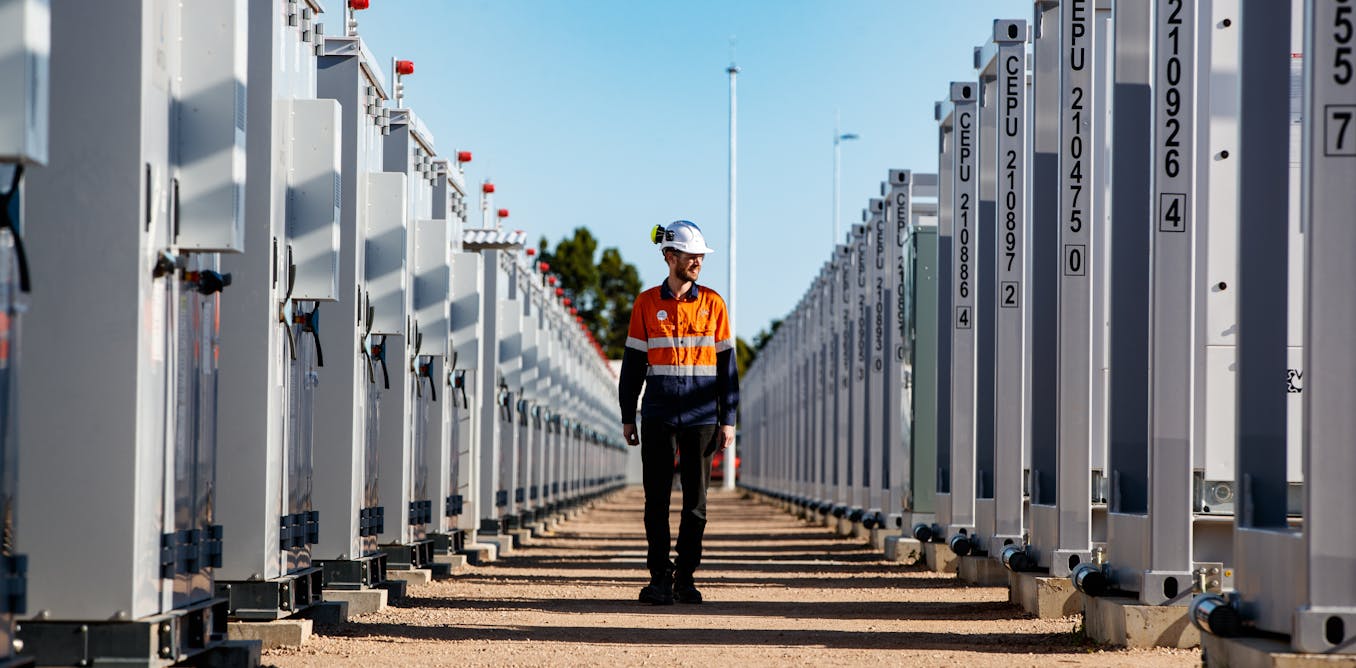Bitcoin mining takes a lot of computation, and therefore, a lot of electricity. After the initial Bitcoin boom in China, the lure of cheaper electricity and a more stable power grid has lured many of the world’s Bitcoin mines to the United States. With that shift comes a corresponding shift in the greenhouse gases and other pollutants created by the energy production required for Bitcoin mining.
Now, researchers from Harvard University have shown that Bitcoin mining has added more energy production to the U.S. grid than the amount required by the city of Los Angeles, and brought the accompanying air pollution and environmental concerns as well. They published their work in March in Nature Communications.
Energy Impact of Bitcoin Mining
Bitcoin mines are specialized data centers designed to solve complex cryptographic algorithms. Bitcoin, like any cryptocurrency, runs on a blockchain—a decentralized ledger of transactions. “Mining” Bitcoins is the process of adding an extra “block” at the end of the chain. Adding this extra block is done by solving a cryptographic sequence—which takes a lot of energy due to the amount of computation required.
To understand just how much energy was being used by Bitcoin mines in the U.S., the Harvard researchers analyzed a database of the 34 largest Bitcoin mines in the country—which combined are responsible for 80 percent of U.S. Bitcoin mining capacity. The database contained both the mines’ locations and how much energy was required to operate them. “With that information, we were able to estimate the power plants that were generating more electricity for the Bitcoin mines, find out how much air pollution those plants create, and find out where that pollution goes,” says Scott Delaney, a researcher at the Harvard T. H. Chan School of Public Health.
The study was conducted between August 2022 and July 2023. The researchers found that 32.3 terawatt-hours of electricity were consumed by the 34 Bitcoin mines—for comparison, 33 percent more electricity usage than the entire city of Los Angeles. 84 percent of that power was generated by plants burning fossil fuels. In other words, Bitcoin mining has essentially added a large city’s worth of electricity consumption—and the accompanying pollution.
One of the key findings was that the power plants supplying the Bitcoin mines were often located hundreds of kilometers away. That means that the worst environmental impacts of large-scale Bitcoin mining aren’t occurring near the mines themselves. “The air pollution created by Bitcoin mining is not being breathed by the people near the mine,” says Delaney. “The pollution effects are often felt several states away.”
Health Risks from Bitcoin Pollution
The researchers discovered four key hotspot pockets of air pollution: within New York City and Houston, on the border between Illinois and Kentucky, and northeast Texas, where the concentrations of pollution that can be attributed to Bitcoin are…
Read full article: Bitcoin Mining’s Big Impact on U.S. Electricity

The post “Bitcoin Mining’s Big Impact on U.S. Electricity” by Liam Critchley was published on 05/03/2025 by spectrum.ieee.org





































Leave a Reply